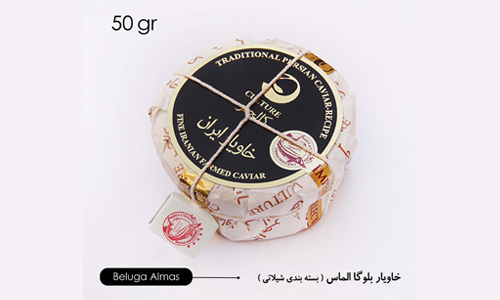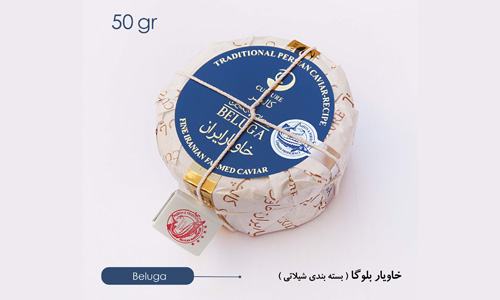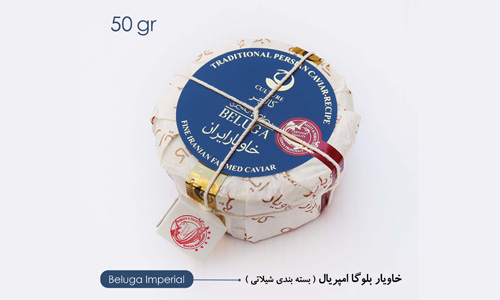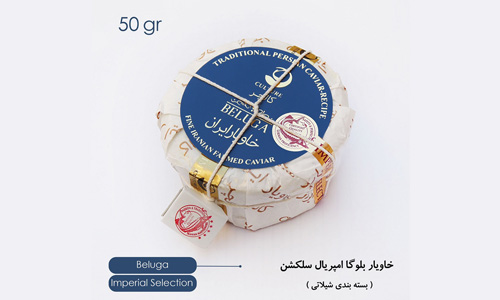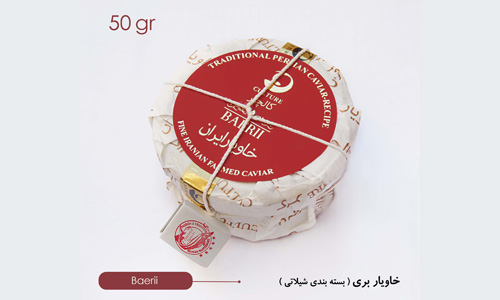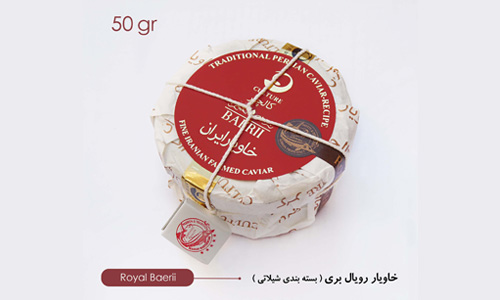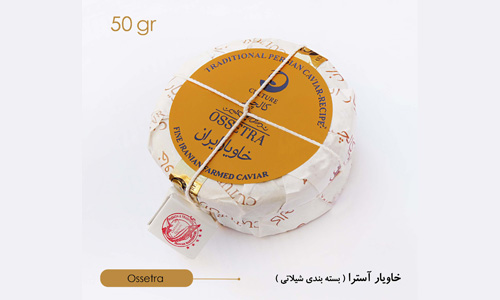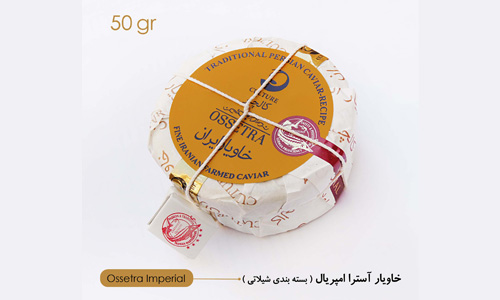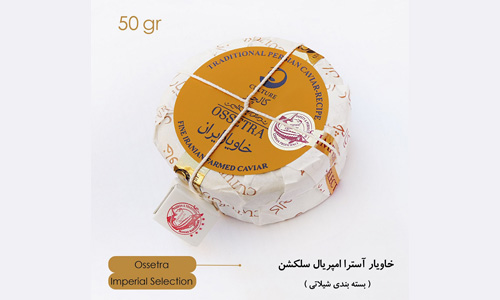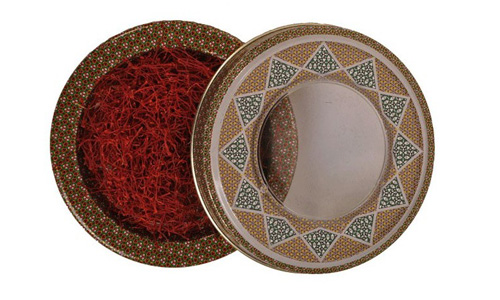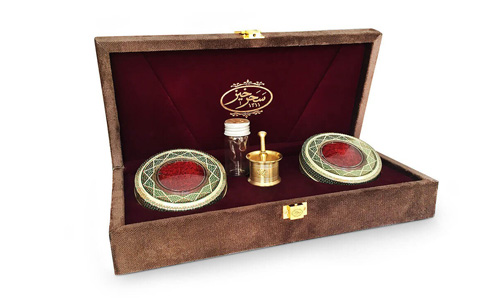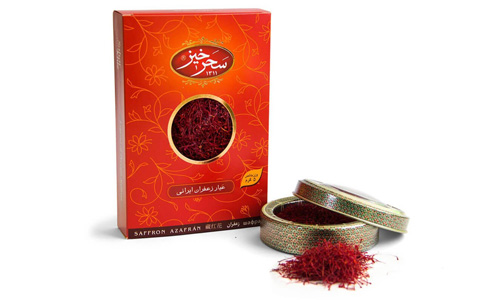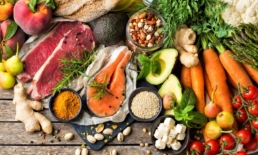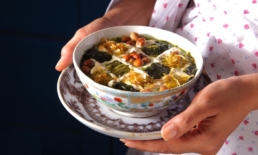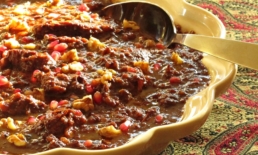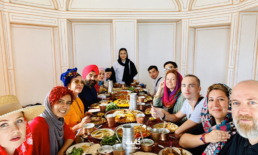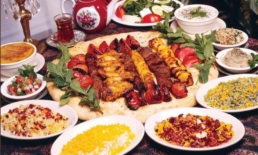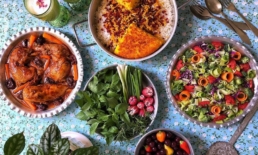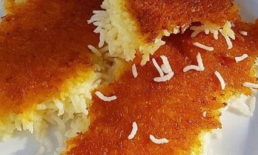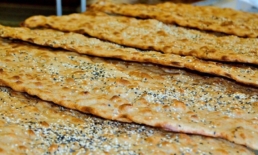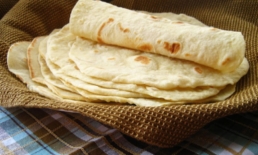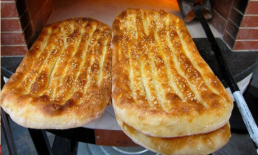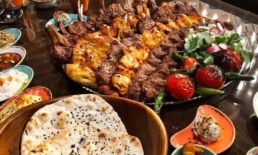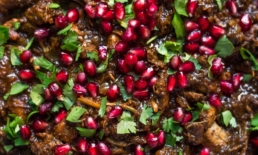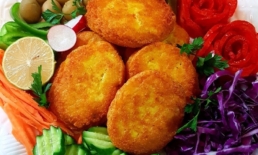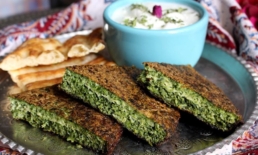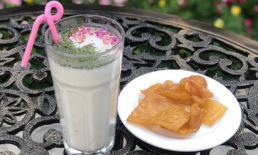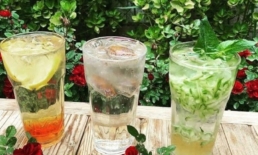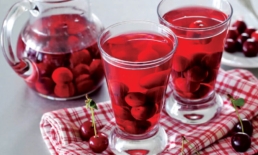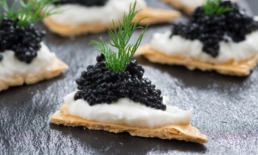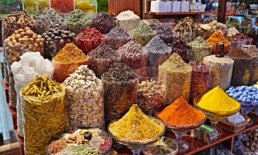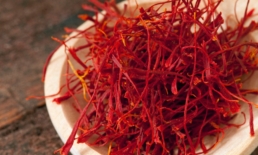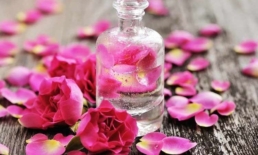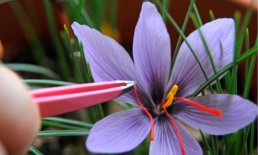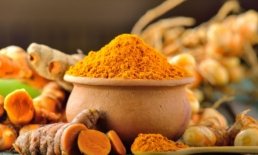Iranians food habits and ingredients
Iran (Persia) is the land of foodstuffs and ingredients diversity. A great variety of foods can be seen, due to the variety of climates that it has. (pic 1) For instance, there are more than two hundred types of soup are called A’sh in Iran. (pic 2-3)
However, despite this incredible diversity, there are common principles in Iranian food culture. In Iran, eating together with family is an important food habit, and in general, to show respect, everyone expects the elderly, children, and guests to start eating first. (pic 4)
Iranians do not traditionally serve starters separately, but all the foods are placed on the table from the start so that everyone can eat as much as they want. In addition, salads, yogurt, pickles, and fresh vegetables are always on the table together with the main course to make the table more beautiful, and everyone can enjoy the flavors with the desired combination. (pic 5-6)
Almost the Iranians meals serve with the especial Iranian rice together with especial crunchy rice (a thin crust of slightly browned rice at the bottom of the cooking pot. It is produced during the cooking of rice over direct heat from a flame) (pic 7) or different types of Iranian bread whether in lunch or dinner. (pic 8-9-10)
One of the most famous Iranian dishes is rice with different types of kebabs (pic 11-12), although they also have plenty of foods suitable for vegetarians and vegans. (pic 13-14-15)
Iranians drink different types of traditional beverages, Including yogurt drink (pic 16) that is a combination of yogurt, water, salt, and fragrant vegetables, herbal syrups (pic 17) such as orange blossom, mint, lemon, willow flower, and rose, and also, natural fruit juices, prepared traditionally, which are very popular. These juices are made by placing the fruit in the water for a long time (pic 18).
Iranians believe in the nature of foodstuffs and ingredients and balancing them and their tastes. Thus, they cook the foods, prepare the garnish, or serve the dishes and beverages in a way that creates a balance between tastes and nature. In this regard, they serve caviar (which is originally comes from the Caspian Sea in the north of Iran) together with butter, toast (f-19), or sour yogurt drink with sweets.
Basically, what differentiates Iranian foods (Persian cuisine) from other countries is the type of spices and flavorings (f-20) are used, such as saffron (f-21) and rose water (f-22)
Saffron and rose water are usually essential ingredients in Iranian dishes and sweets. Iranian saffron includes red filaments (pic 23) that are different from Indian saffron turmeric (pic 24). Not to be forgotten that the Iranian saffron is one of the most expensive spices in the world that, unfortunately, most of the people think it comes from Spain, originally.


